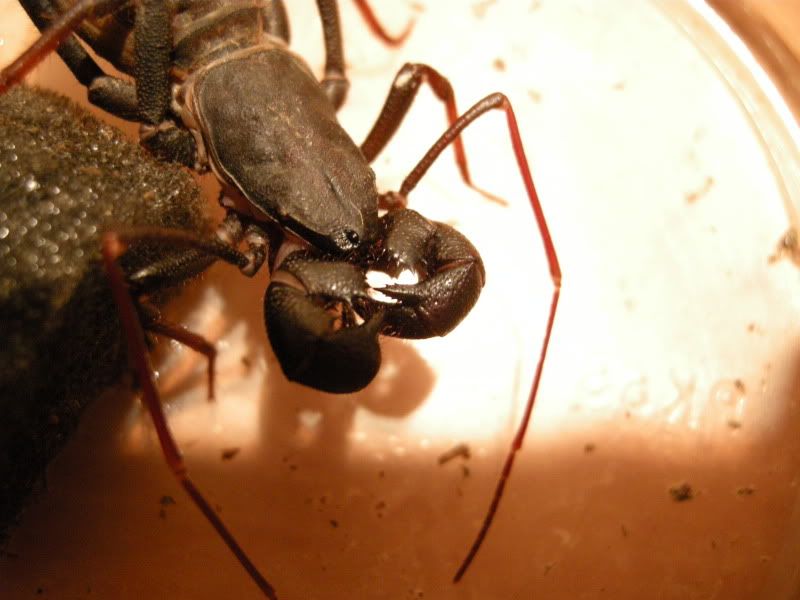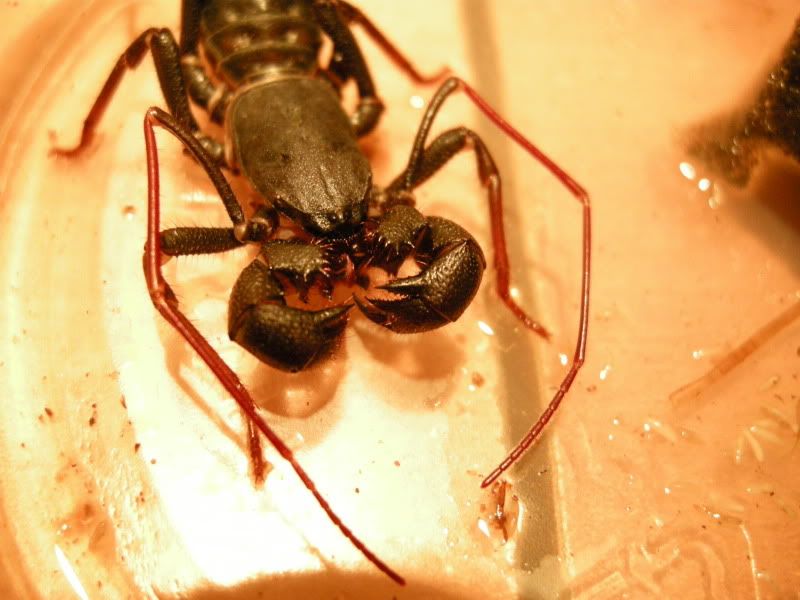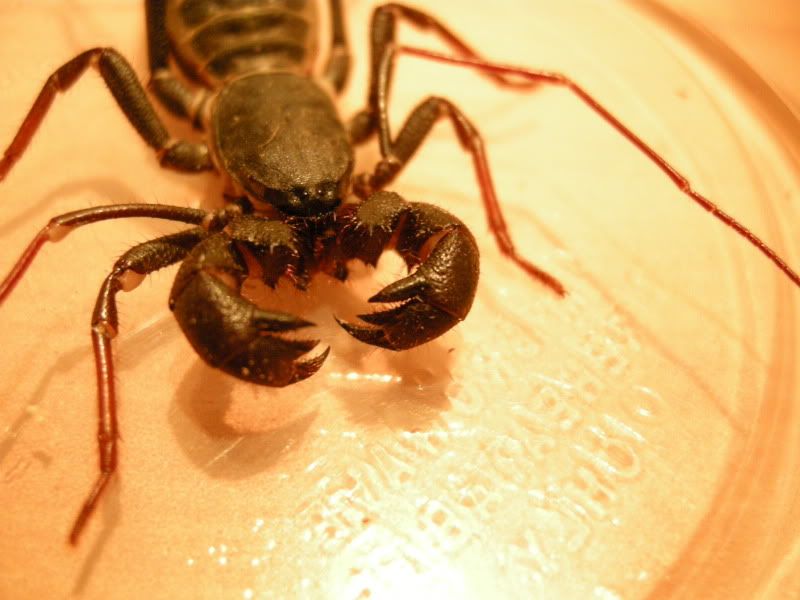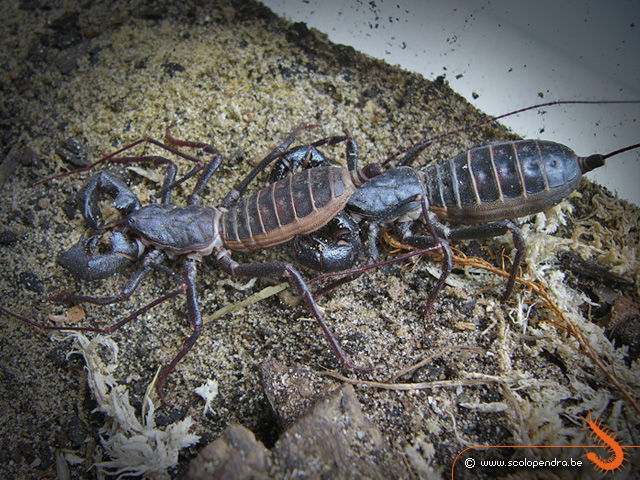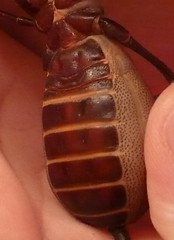- Joined
- Jan 11, 2005
- Messages
- 1,141
Hello;
I have adquiered recently 3 medium size M. giganteus. I have some questions about it because I have found very contradictory answer against my questions so:
1. What is the correct Temperature and the correct humit levels?
2.Are they communal?
3. How I can make a correct sexing? (Objective caracters if it is posible)
Before any answer, I want to leave you my gladness.
Cheers
Carles
I have adquiered recently 3 medium size M. giganteus. I have some questions about it because I have found very contradictory answer against my questions so:
1. What is the correct Temperature and the correct humit levels?
2.Are they communal?
3. How I can make a correct sexing? (Objective caracters if it is posible)
Before any answer, I want to leave you my gladness.
Cheers
Carles

